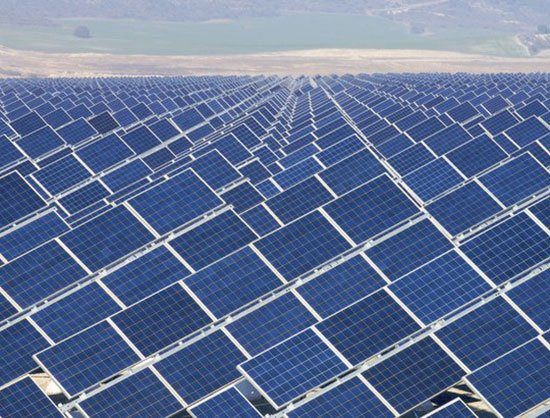The European Union has decided to allow up to 3% of its climate target for 2040 to be met through international carbon credits, prompting a significant debate among stakeholders. This policy change could potentially channel billions of dollars into sustainable global projects, such as reforestation in Brazil and solar energy initiatives in India. However, it also raises concerns about the stability of the EU’s Emissions Trading System (ETS) and the economic impact on domestic industries.
### Opportunities for Investment
The introduction of the 3% allowance creates an environment favorable for carbon credit developers and projects that can demonstrate verifiable carbon reductions. High-quality carbon credits, especially those certified under the UN’s Article 6 framework, are expected to experience increased demand. Key sectors that stand to benefit include:
– **Afforestation and Reforestation**: Companies like Verra, backed by the World Bank, and Norway’s Natura Invest could see a surge in demand for carbon sink projects. – **Renewable Energy Projects**: Solar and wind farms in developing regions, which often struggle to secure financing, may attract significant EU-backed investments. – **Carbon Removal Technologies**: Startups focused on Direct Air Capture (DAC), such as Climeworks and Carbon Engineering, could receive heightened interest as the EU pursues enduring solutions.
Additionally, carbon credit aggregators like Moss Earth and South Pole are well-positioned to help projects adhere to EU standards. Investors are advised to target firms with solid partnerships in regions where compliance costs are lower, such as Southeast Asia and Sub-Saharan Africa.
### Risks to the EU Emissions Trading System
The EU ETS has played a pivotal role in reducing emissions by establishing a carbon price that peaked at over €100 per ton in 2022. However, the inclusion of cheaper international carbon credits poses a risk to this balance. Past reliance on inexpensive credits, such as those from the Clean Development Mechanism (CDM) before 2021, has led to oversupply issues and price collapses.
If international credits flood the market due to the new 3% allowance, it could lead to a sustained decrease in EU ETS prices, resulting in several adverse effects: – **Reduced Renewable Energy Investments**: Lower carbon prices diminish the financial incentive to transition from fossil fuels to renewables like wind and solar. – **Delays in Industrial Decarbonization**: Industries such as steel and cement depend on high carbon prices to justify investments in green technologies, and a fall in prices may lead to postponed expenditures.
### Sectoral Impact: Winners and Losers
The effects of the new policy will vary across different industries: – **Winners**: Carbon credit developers and project owners in emerging markets will benefit from new revenue streams. – **Losers**: Energy-intensive sectors in the EU, such as steel, cement, and aluminum, may face pressure on profit margins, especially if competitors from regions with no carbon pricing gain an edge. – **Neutral/At-Risk**: Renewable energy firms, including NextEra Energy and Ørsted, might experience mixed outcomes; while reduced carbon prices lessen urgency, EU subsidies for clean energy could provide some offset.
### Investment Recommendations
1. **Invest in Carbon Credit Developers**: Focus on firms with scalable, high-integrity projects. Consider investments in Carbon Streaming (CSP) for financing carbon-negative initiatives or Ecoark Holdings, which creates forest carbon credits. 2. **Short EU ETS-Exposed Stocks**: If carbon prices decline, companies like RWE or Engie, which rely on high ETS prices for their clean energy portfolios, may underperform in the market. 3. **Hedge with EU Industrial Stocks**: Consider investing in adaptable sectors, such as BASF, which is committed to reducing emissions through electrification and hydrogen solutions. Avoid companies that are heavily reliant on carbon-intensive practices. 4. **Watch for Regulatory Changes**: The EU might impose stricter quality standards on carbon credits post-2036. Prioritize projects that comply with recognized certifications like Gold Standard or Climate Action Reserve.
### A Strategic Approach
The EU’s carbon credit policy marks a strategic move to mitigate the economic impacts of decarbonization while fostering collaboration with global partners. Investors should focus on supporting high-quality carbon projects while preparing for fluctuations in the EU ETS. The market is likely to evolve significantly by 2036, favoring credible and scalable solutions that align with the growing demand for sustainable energy economics.




